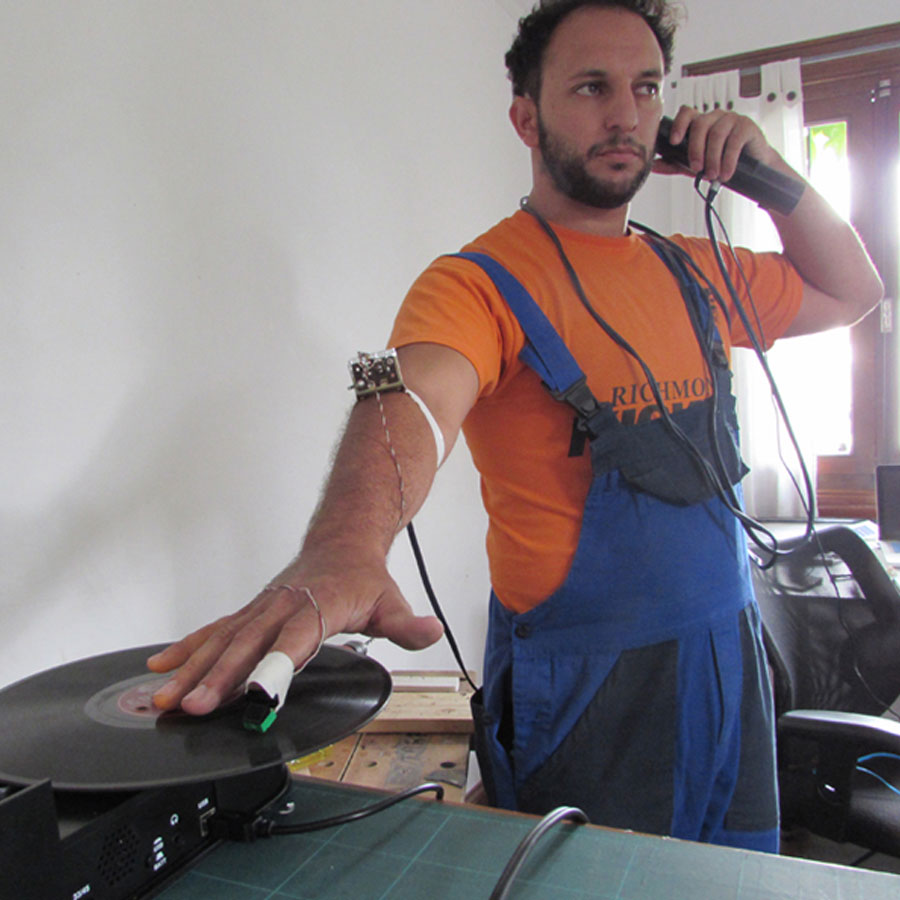Artists
New Zealand
Gary Silipa
Interpersonal
18.04.17 12.05.17
Gary is a member of TMD and identifies with being a Post-Graffiti Pacific artist. He spent 12 years painting graffiti, the last 6 investigating his art outside of it and, more recently, how this can be combined with his experience in the field of Information Technology. In the past two years, he has carried out an art space in an outlying area of Auckland, New Zealand, where, so far, there had been no art exhibition spaces. In that space he also developed workshops for people of all ages. Silipa was in charge of teaching, managing and curating the space. His experience there has made him focus in the different ways of taking the production and appreciation of art to peripheral areas and people who are not specialized in art.
ARTIST STATEMENT
“Interpersonal communication is the process by which people exchange information, feelings, and meaning through verbal and non-verbal messages: it is face-to-face communication.
Interpersonal communication is not just about what is actually said – the language used – but how it is said and the non-verbal messages sent through tone of voice, facial expressions, gestures and body language.”
https://www.skillsyouneed.com/ips/interpersonal-communication.html
During his artist residency at ´ace, Gary’s new work investigates interpersonal communication, implied through conversation between different languages, where the lack of interpretation can create a barrier to understanding. Priority to what is being said is replaced fictitiously with how it is being said, and the viewer is invited to imagine these interactions for themselves.
Gary uses a computer algorithm to deconstruct and randomly reassemble the letters in common phrases from the different languages involved in these conversations. The loss of structure and the randomness disassociate the manipulated output from any explanation of the term “language”, which is now defined by removing the theoretical language barrier and opening the door to focus on other methods of non-verbal communication.
As people continue to travel and migrate across the globe, different languages and cultures intersect. Interpersonal communication goes beyond verbal communication alone, and despite any barriers caused by language differences, it is still vital to seek to effectively communicate and positively understand each other.
BIO
Gary Silipa
1982 | Auckland, New Zealand
Lives and works in Auckland, New Zealand
EDUCATION
2005 | Double major in Information Systems and Computer Science from the University of Auckland, New Zealand.
EXHIBITIONS
Post-Graffiti Pacific, The Pah Homestead, Auckland, New Zealand
Dreamscape, Franklin Arts Centre, Auckland, New Zealand
MAURI ORA (WHO ARE WE? WHAT DO WE STAND FOR?), The Good, The Bad, Auckland, New Zealand
Post-Graffiti Pacific, aMBUSH Gallery, Sydney, Australia
OE14, Endemic World, Auckland, New Zealand
For Unto Us A Sport Was Born, Unto Us A Ball Was Given, Otara Cube, Auckland, New Zealand
Not To Speak Is To Speak, Fresh Gallery Otara, Auckland, New Zealand
Space Beams Open Studio, Youkobo ARTSPACE, Tokyo, Japan
The Gang, Studio 40, Auckland, New Zealand
TSFA, The Biz Dojo, Auckland, New Zealand
